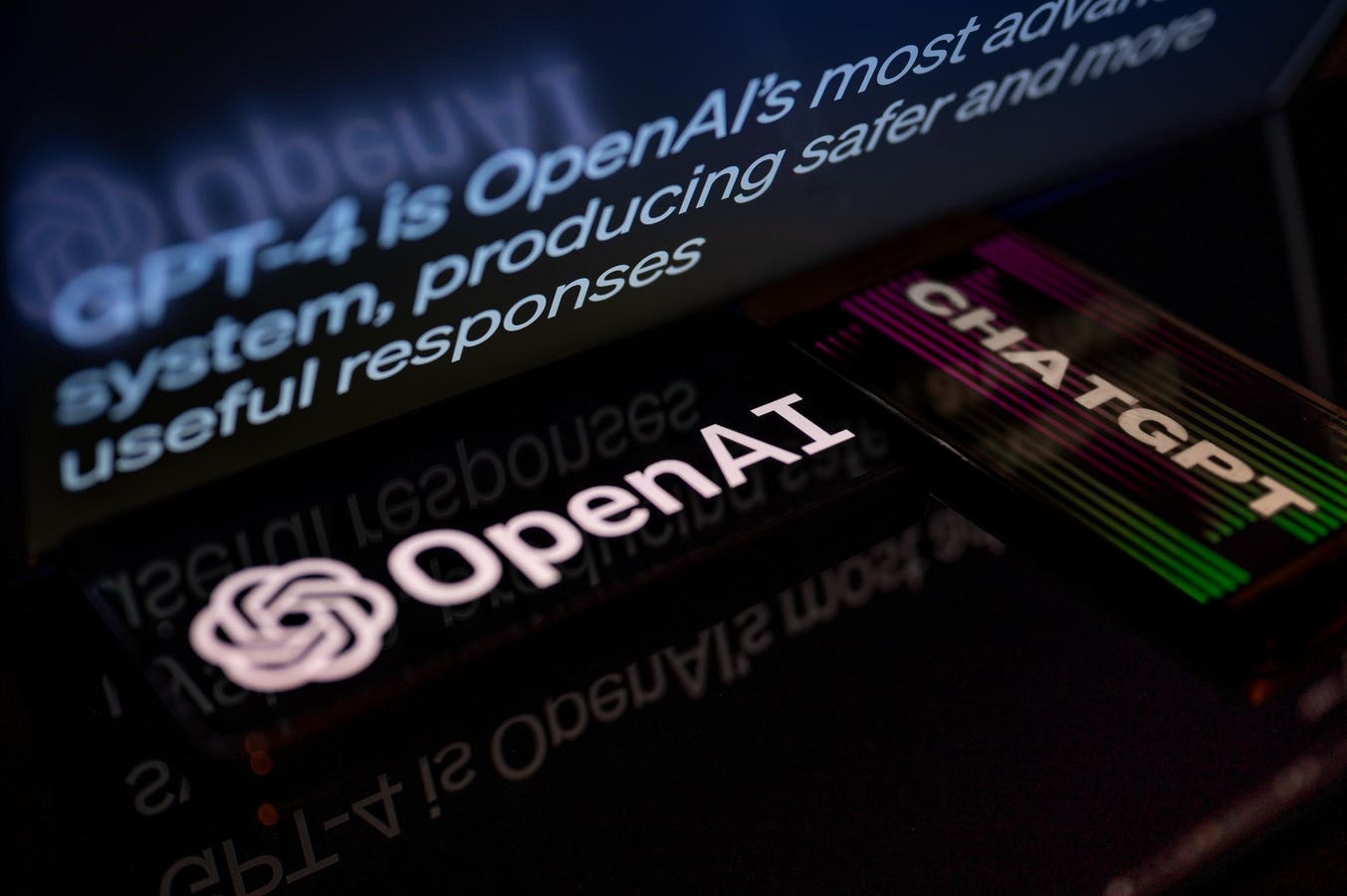Money
3 Accessible Use Cases For Generative AI In Banking

Navigating the Future of Banking with Generative AI: Opportunities and Challenges
1. Introduction to Generative AI in Banking
Generative AI, leveraging large language models, is revolutionizing industries, and banking is no exception. The technology’s ability to create text and data based on training inputs presents significant opportunities, moving beyond hype to practical applications. While the potential is vast, the focus should be on strategic implementation rather than fear-driven hesitation.
2. Strategic Implementation: Key Use Cases
-
Knowledge Management: Banks are enhancing internal efficiency with AI-powered intranets, often manifesting as chatbots. These tools rapidly retrieve information, aiding employees in finding policies and documents. While beneficial, concerns about data accuracy and currency persist.
-
Content Development: AI excels in generating marketing content and internal documents, such as procedures and training materials. The creation of synthetic data and code, while promising, raises technical and integration questions, particularly for developers.
- Customer Service with Guardrails: AI chatbots are being adopted cautiously, with human oversight to prevent misinformation. This hybrid approach ensures reliability, crucial for maintaining customer trust, though it requires careful balancing of AI and human roles.
3. Overcoming Barriers to Adoption
Two significant hurdles are AI’s tendency to "hallucinate" and data security concerns. Ensuring AI accuracy and protecting sensitive data are critical. Partnering with trusted entities like Microsoft can facilitate smoother adoption, especially for risk-averse institutions, by leveraging existing infrastructures.
4. Future Prospects: Agentic AI and Innovation
As banks gain confidence, more advanced applications like agentic AI, which enables autonomous task execution, may emerge. This could revolutionize operations, handling transactions and appointments, though such developments are still in nascent stages, requiring rigorous testing and security protocols.
5. Challenges Beyond Technology
Regulatory compliance, transparency, and customer trust are paramount. Ensuring AI decisions are explainable and auditable is essential. Integration with existing systems and cost implications, particularly for smaller institutions, must be carefully managed.
6. Ethical and Human Considerations
Employees’ adaptability to AI tools is crucial, necessitating training and possibly new skill sets. The balance between AI efficiency and human empathy in customer service remains vital. Ethical considerations, including AI’s role in decision-making, must be addressed to maintain trust and compliance.
In conclusion, generative AI offers transformative potential for banking, from enhancing internal processes to elevating customer experiences. Strategic adoption, addressing challenges like security and integration, will be key to harnessing its benefits while maintaining trust and regulatory compliance. As the technology evolves, continuous adaptation and ethical considerations will ensure a future where AI complements banking operations effectively.